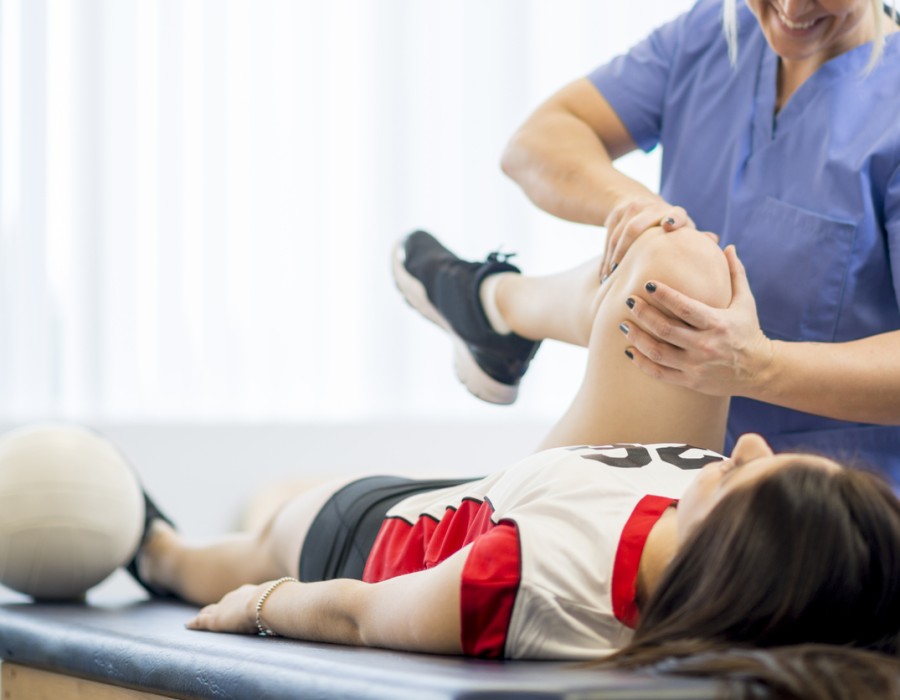Sports injury surgeons commonly treat a wide range of injuries resulting from athletic activities.
Some of the most common ones include:
- Sprains and Strains: These involve injuries to ligaments (sprains) or muscles/tendons (strains). They can range from mild to severe and occur in various parts of the body, such as ankles, knees, or wrists.
- Fractures: Broken bones are quite common in sports, whether it’s a simple fracture or a more complex one requiring surgical intervention.
- Tendonitis: Inflammation or irritation of tendons, often caused by overuse or repetitive movements, is prevalent in athletes.
- Dislocations: Joints can become dislocated due to trauma or intense physical activity, such as shoulder dislocations common in sports like football or basketball.
- Concussions: Head injuries are a significant concern in contact sports like football, soccer, and boxing, and they can range from mild to severe.
- Meniscal Tears: Injuries to the meniscus, the cartilage in the knee, are common, particularly in sports involving pivoting or sudden changes in direction.
- ACL Tears: Tears to the anterior cruciate ligament (ACL) in the knee are frequent in sports that involve sudden stops, changes in direction, or jumping.
- Rotator Cuff Injuries: Athletes involved in sports requiring overhead motions, such as baseball or tennis, are prone to rotator cuff injuries.
- Shin Splints: Pain along the shinbone caused by inflammation of the muscles, tendons, or bone tissue often occurs in runners or those involved in high-impact sports injury surgeon.
- Plantar Fasciitis: Inflammation of the tissue along the bottom of the foot, commonly seen in runners or athletes who put significant stress on their feet.
- Stress Fractures: Hairline cracks in bones due to repetitive force or overuse, often seen in runners or athletes involved in jumping sports.
- Muscle Cramps and Spasms: Intense physical activity can lead to involuntary muscle contractions, causing pain and discomfort.
These injuries can vary in severity and may require anything from rest and physical therapy to surgical intervention and rehabilitation.





Comments